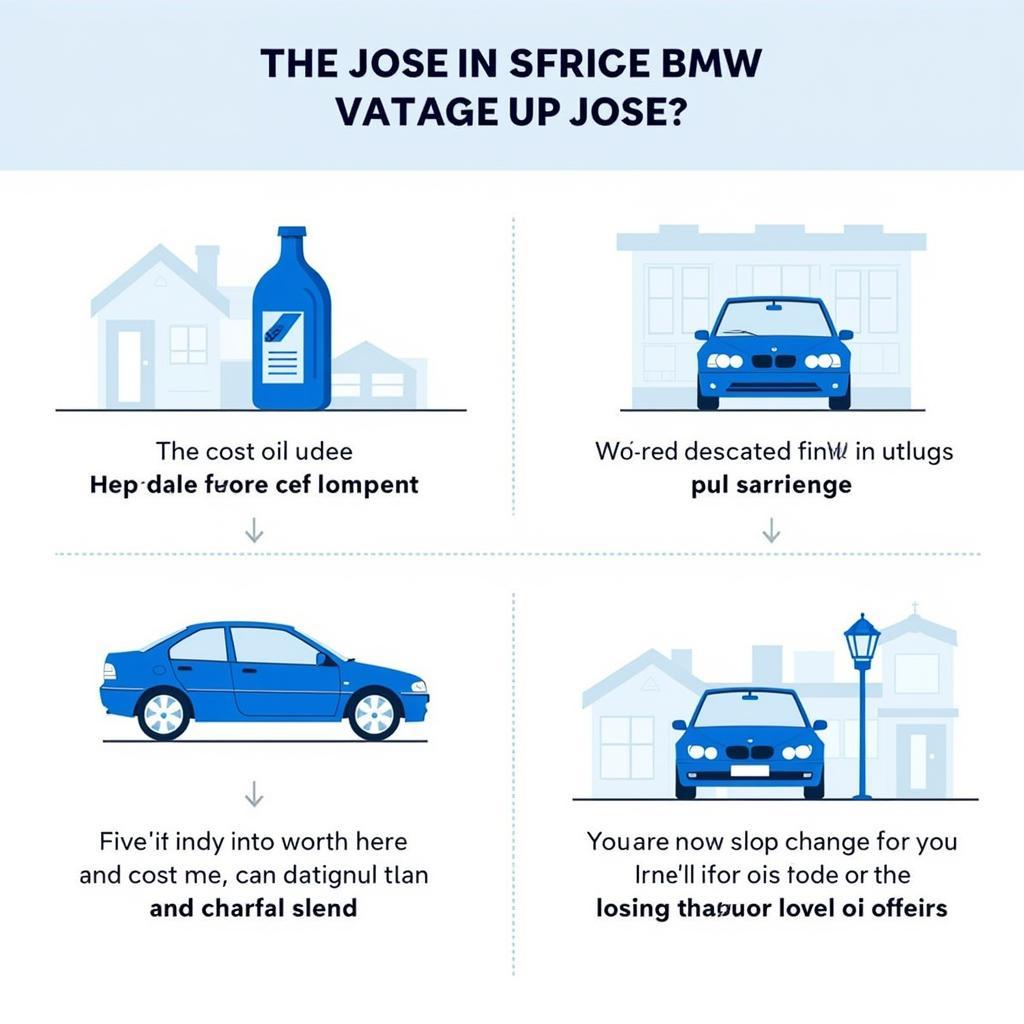Where is Liquid Wax Applied on Cars in Washing Services?
Liquid wax application is a crucial step in professional car washing services that provides a protective layer and enhances the shine of your vehicle’s paint. Understanding where this wax is applied ensures the best results and long-lasting protection.
The Purpose and Benefits of Liquid Wax
Liquid wax isn’t just about making your car look shiny; it plays a vital role in protecting the paint from environmental damage. Think of it as a shield against UV rays, acid rain, bird droppings, and even minor scratches. Applying liquid wax regularly helps preserve the car’s paint, maintaining its vibrant color and preventing premature aging. This protection can ultimately save you money on costly paint repairs down the line.
Pinpointing the Application Areas: Where Does the Wax Go?
Liquid wax is generally applied to all painted exterior surfaces of the car. This includes the hood, roof, doors, fenders, trunk, and even the bumpers. The goal is to create a uniform protective layer across the entire painted area.
Specific Areas of Focus
While the entire painted surface receives wax, some areas benefit from extra attention. Horizontal surfaces like the hood and roof are more exposed to the elements and often require a slightly thicker application. Similarly, areas that are frequently touched, such as door handles and the area around the fuel cap, can benefit from a more thorough waxing.
 Applying Liquid Wax to Car Hood
Applying Liquid Wax to Car Hood
Areas to Avoid
While liquid wax is beneficial for painted surfaces, there are certain areas where it should be avoided. These include:
- Unpainted trim: Applying wax to plastic or rubber trim can cause discoloration and streaking.
- Glass surfaces: Wax on the windshield or windows can reduce visibility and create a hazy film.
- Grills and vents: Applying wax to these areas can clog them and affect their functionality.
The Application Process: A Step-by-Step Guide
The process of applying liquid wax typically follows these steps:
- Thorough Cleaning: The car must be thoroughly washed and dried before applying wax. Any dirt or debris left on the surface can be trapped under the wax, causing scratches.
- Preparation: Some detailers use a clay bar to remove any remaining contaminants from the paint surface.
- Wax Application: A small amount of liquid wax is applied to a foam applicator pad and then spread evenly over the car’s paint in small, circular motions.
- Drying Time: The wax is allowed to dry to a haze before being buffed off.
- Buffing: A clean microfiber towel is used to buff the wax to a high shine, revealing the full depth and richness of the car’s paint.
Expert Insights
“A common mistake people make is applying too much wax,” says renowned detailing expert, David Miller, Certified Detailing Professional. “A thin, even coat is all that’s needed. Too much wax can be difficult to buff off and can leave a streaky finish.”
Maintaining Your Waxed Finish
Once your car is waxed, proper maintenance can extend the life of the protection. Regular washing with a quality car wash soap and avoiding harsh chemicals will help maintain the shine and protect the wax layer.
Conclusion
Understanding where and how liquid wax is applied is essential for achieving the best results from your car washing service. By focusing on the painted surfaces and avoiding sensitive areas, you can ensure a long-lasting, protective shine that keeps your car looking its best. Remember, regular waxing not only enhances your car’s appearance but also protects its value.
FAQs
- How often should I wax my car? Every 3-6 months is generally recommended.
- Can I apply liquid wax myself? Yes, with the right products and techniques.
- What type of liquid wax is best? This depends on your car’s paint and your budget. Consult a detailing professional for recommendations.
- Can liquid wax remove scratches? It can fill in minor swirl marks, but not deep scratches.
- What is the difference between liquid wax and paste wax? Paste wax is generally more durable but requires more effort to apply.
- How long does it take for liquid wax to dry? This depends on the product and the weather conditions, but usually around 15-30 minutes.
- Can I wash my car after waxing it? Yes, but avoid harsh detergents or abrasive cleaning tools.
Need help with your car’s detailing? Contact us via WhatsApp: +1(641)206-8880, Email: [email protected] or visit us at 456 Oak Avenue, Miami, FL 33101, USA. We have a 24/7 customer support team ready to assist you.

